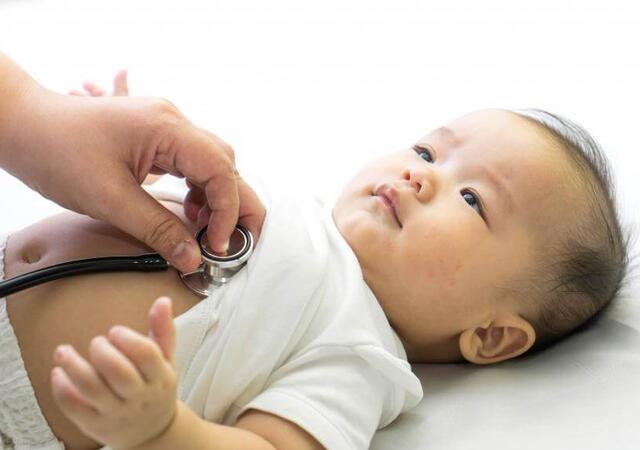April 2, 2025
The first three months of 2025 have ended and our team has been ardently sharing regulatory news. No particular regulatory update was heralded as groundbreaking (other than news of an agreement between the Malaysia Medical Device Authority (MDA) and China NMPA to ease regulatory requirements for certain classes of devices). Progress from the International Medical Device Regulators Forum (IMDRF) continues and our overview presents that, as well as other updates.
The three themes we have identified are: analysis of 2024 and plans for 2025, medical device software and post-market surveillance (PMS).
Analysis of the previous year and plan for the upcoming year
The United States (U.S.) Food and Drug Administration (FDA) Center for Devices and Radiological Health (CDRH) released its 2024 Annual Report (posted January 17). Included within this synopsis were the statistics related to clearances, approvals and authorizations. (The 2024 report is no longer available from the FDA website, although we at Emergo by UL possess a downloaded copy of the report.)
Related to this, we conducted our annual analysis of warning letters for 2024, as well as an examination of warning letters and their relationship to laboratory-developed tests (LDTs). Warning letters provide insight into what the FDA focused on the previous year. Note that there have been legal developments related to the validity of the FDA’s authority over LDTs.
In February, the European (EU) Commission (EC) shared priorities for 2025 (February 11). Part of the plan for Q4 2025 is, “evaluation and fitness check” of the medical device and (in vitro diagnostic device (IVD) regulations. There are ongoing activities from stakeholders about improvements to the current EU legislation. Also, there is activity on the Single Market Strategy proposed as a new modern horizontal strategy.
And, the MDA 2025 keynote address (January 14) presented updates on programs from 2024 and expectations for 2025.
Medical device software
Two guidance documents were released (January 29) by the IMDRF: Good Machine Learning Practice for Medical Device Development (N88) and Characterization for Medical Device Software and Software-Specific Risk (N81). The 10 principles in N88 are aligned with documents advanced by the U.S. FDA, Health Canada and the UK Medical and Healthcare products Regulatory Agency (MHRA). Guidance N81 aligns global terms. The term in EU legislation medical device software (MDSW) includes the FDA term software as a medical device (SaMD) as well as software embedded in medical devices (SiMD) or software intended to control medical devices. An MDSW needs a well-developed intended use and device description. Also, we must consider the medical problem, context of use, functionality, how changes will be managed and degree of learning and autonomy for each MDSW.
The South Korean legislation for digital medical products, Digital Medical Products Act, entered into force on January 24, 2025. Products are grouped into three categories: digital medical devices, drug-digital combinations and digital medical/health support devices. While digital medical devices and IVDs are still subject to the Medical Devices Act and In Vitro Diagnostic Devices Act, respectively, explicit regulatory requirements will be dictated by the Digital Medical Products Act and sub-legislation. Manufacturers will need to designate the product group type based on product features.
Shortly thereafter, the Enforcement Regulations of the Digital Medical Products Act entered into force on February 28, 2025. The Enforcement Regulations of the Digital Medical Products Act establish criteria for the classification of digital medical devices and the related regulatory procedures. While there have been subsequent legislation and guidance in South Korea, we highlight the Guidelines for Approval and Review of Generative Artificial Intelligence Medical Devices (Guide-1416-01). We continue to engage the Ministry of Food and Drug Safety (MFDS) to further understand the impact of this new legislative package.
We’ve taken liberties with the interpretation of this theme and included within software the consultation on the EU draft legislation for electronic IFUs, eIFUs. eIFUs for professionally used medical devices would be beneficial for many reasons and the draft legislation is a proposal in this direction. The consultation closed (March 25), so stay tuned for further developments.
Post-market surveillance and vigilance
Regulators and the IMDRF continue to improve their market surveillance and the manufacturer’s PMS and vigilance systems with legislation and guidance.
The MHRA released guidance on PMS (January 15) to support the Statutory Instrument (SI), Medical Devices (PMS Requirements) (Amendment) (Great Britain) Regulations 2024 (SI 2024 No. 1368), which comes into force June 16. Both the PMS SI and the accompanying guidance are important to confirm compliance of devices placed on the market after June 16.
In early March, the IMDRF revised the guidance on adverse event terminology (AET), which continues to foster global categorization of adverse events (AEs) to improve global market surveillance and PMS. As regulatory systems adopt the IMDRF AE Codes, this updated guidance includes 36 added terms, changes to 56 existing terms and retirement of 8 terms.
The Australian Therapeutic Goods Administration (TGA) new Procedure for Recalls, Product Alerts and Product Corrections (PRAC) took effect on March 5.
Concluding remarks
The IMDRF continues to encourage regulatory harmonization and reliance among regulators and the enterprise. The software guidance (N81) is seminal as it establishes the context for MDSW, which includes SaMD and SiMD. It is also important that, analogous to medical devices and IVDs, MDSW be developed with a clear intended use and possibly indications for use. Interest in artificial Intelligence (AI) continues, as evidenced by developments with the IMDRF, South Korean Ministry of Food and Drug Safety (MFDS) and the European Union (EU).
Market surveillance, PMS and vigilance are pivotal elements of a well-functioning medical device and IVD ecosystem.
If you have any questions on anything we have covered here, please get in touch with us.
Request more information from our specialists
Thanks for your interest in our products and services. Let's collect some information so we can connect you with the right person.





